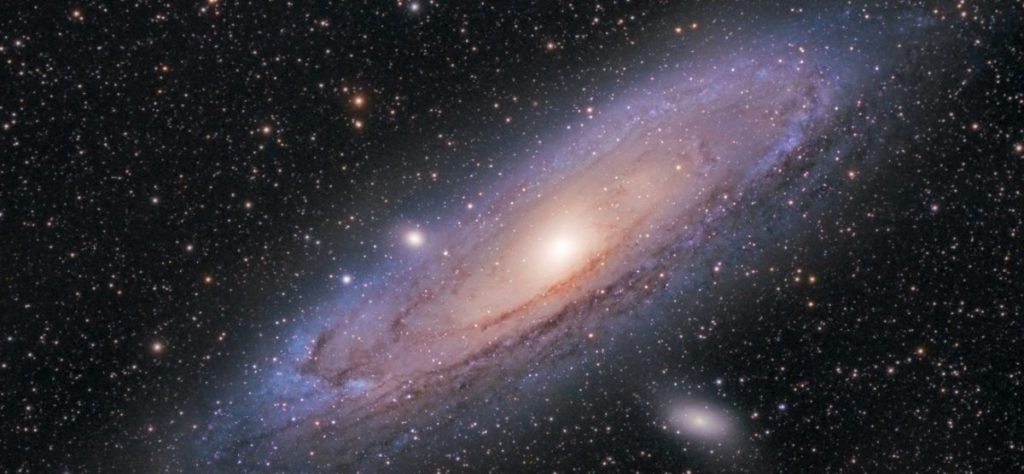
The mystery of how the first quasars in the universe formed—something that has baffled scientists for nearly 20 years—has now been solved by a team of astrophysicists whose findings are published in Nature.
The existence of more than 200 quasars powered by supermassive black holes less than a billion years after the Big Bang had remained one of the outstanding problems in astrophysics because it was never fully understood how they formed so early.
The team of experts led by Dr. Daniel Whalen from the University of Portsmouth have found that the first quasars naturally formed in the violent, turbulent conditions of rare reservoirs of gas in the early universe.
Dr...
Read More









Recent Comments